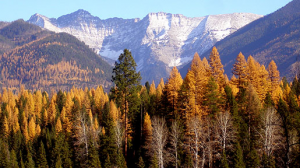This will stir things up. The Washington Post reports that the U.S. Department of Agriculture is proposing changes that would allow more local discretion over forest management. Reaction from some environmental groups was immediate and less than positive.
For more information, including links to related documentation and details of the public comment process, visit the planning rule website at http://www.fs.usda.gov/planningrule.
Here’s the lead-in from the WP . . .
[A hat-tip to Richard Wackrow for spotting this one.]
The Obama administration unveiled a proposal Thursday to give directors of national forests more discretion over managing endangered wildlife, reversing decades-old rules that left the sensitive decisions to officials in Washington.
U.S. Forest Service officials said the proposed rules also would expand the definition of protected wildlife to plants and better preserve clean water on some of the nation’s most pristine lands.
Continue reading . . .


